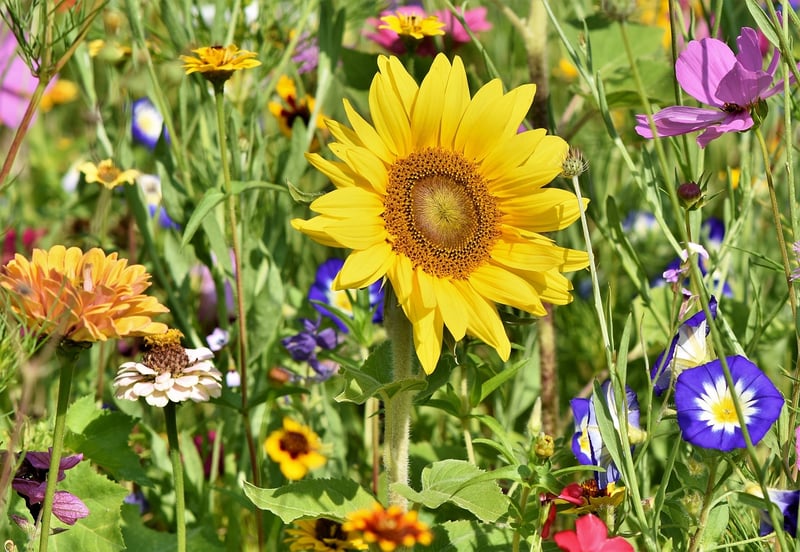Light Requirements
Keeping Your Garden Healthy: Understanding Light Requirements

The Importance of Light in Gardening
Light is one of the most critical factors that influence the health and growth of plants in your garden. Understanding the light requirements of different plants is essential for maintaining a thriving garden.
Types of Light
There are three main types of light that affect plant growth:
- Full Sun: Plants that require full sun need at least 6 hours of direct sunlight each day.
- Partial Sun/Partial Shade: These plants thrive in 3-6 hours of sunlight per day.
- Shade: Plants that prefer shade grow best in less than 3 hours of direct sunlight daily.
Assessing Light Conditions in Your Garden
Before choosing plants for your garden, assess the light conditions in different areas:
- Observe how sunlight falls on various spots throughout the day.
- Consider obstacles like buildings or trees that may block sunlight.
- Use a light meter to measure light intensity in different locations.
Matching Plants to Light Conditions
Once you understand the light requirements of your plants and the conditions in your garden, you can select the right plants for each area:
- Choose full sun plants for sunny spots with ample direct sunlight.
- Opt for shade-loving plants for areas that receive limited sunlight.
- Place partial sun/shade plants in spots with moderate sunlight exposure.
Providing Adequate Light
If your garden lacks sufficient natural light, consider these options:
- Use grow lights to supplement natural light for indoor plants.
- Prune trees or plants that obstruct sunlight to optimize light exposure.
- Consider relocating potted plants to better-lit areas.
By understanding and providing the right amount of light for your plants, you can ensure a healthy and vibrant garden all year round.

Remember, each plant has unique light requirements, so tailor your garden design to accommodate these needs for optimal growth and beauty.
